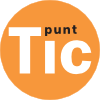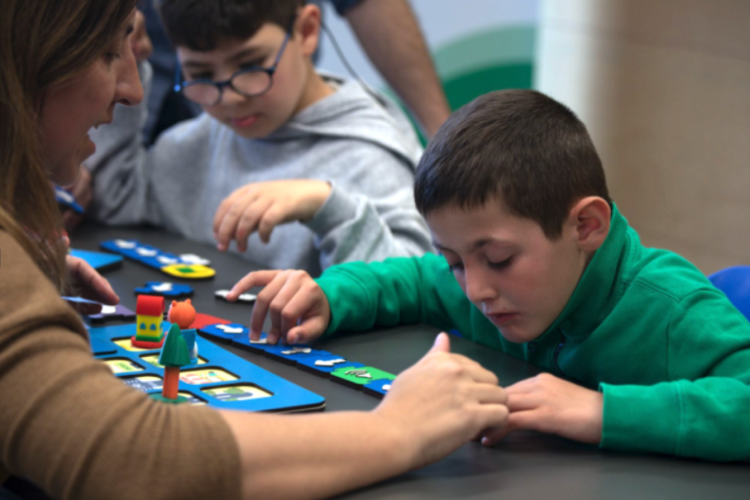The 'Scratch Jr Tactile' project has launched a micro-patronage campaign with the aim of raising funds to produce and distribute more educational kits, as well as to fund new open resources and teaching support materials for educators. The project is designed to be inclusive, allowing students with visual impairments or other specific needs to develop skills, and wants to promote educational equity to ensure that students have the same learning opportunities.
1. What is 'Scratch Jr Tactile'?
Created between entities and the Scratch Foundation, it is an accessible and open design educational resource that encourages the development of skills in computational thinking and transversal skills. The project is designed to be inclusive, allowing students with visual impairments or other specific needs to develop essential skills for today's society. Unlike other tools, the resource does not require screens and uses tactile elements to facilitate the understanding of the programming language through icons.
2. What are the objectives of the project?
The main goals of the 'Scratch Jr Tactile' project are to bring creative programming and computational thinking to boys and girls, regardless of their abilities or economic conditions, to develop digital skills, critical thinking, problem solving and teamwork and promote values of social equity, empathy and cooperation through inclusive and tangible learning. In addition, the 'Scratch Jr Tactile' project envisions creating a global community of educators interested in fostering equity with new technologies and making their creations visible, as well as providing an open inclusive resource that anyone can create with digital fabrication technologies and maker and give to any school that needs it.
3. Why is it key to promote educational equity?
Promoting educational equity is essential to ensure that all students have the same learning opportunities, regardless of their personal or social conditions. This fact helps to build a fairer and more inclusive society, where everyone can develop their skills and contribute in a meaningful way. In addition, it fosters understanding and empathy among students, preparing them to live together in a diverse and inclusive society. Today's students are tomorrow's designers, entrepreneurs and policy makers. Therefore, it is essential that they learn the importance of universal design and digital inclusion in order to create universal and inclusive resources that benefit the elderly or people with disabilities.
4. What synergies could be generated with the ICT Point Network?
We want to promote the dissemination and implementation of 'Scratch Jr Tactile' in schools and educational centers, libraries or open centers. We also want to organize workshops and community activities that promote digital literacy and technological inclusion at the local level, reinforcing the common goal of reducing the digital divide. It is very important to train in digital inclusion, to empower the population in creative technologies, such as maker and programming, but always with a social sense and with a mission focused on people and the environment.
5. You recently started a micro patronage campaign. What is the will?
This June, on the Goteo platform, we launched a micro-patronage campaign with the aim of raising funds to produce and distribute more educational kits, as well as to fund new open resources and teaching support materials for educators . The micro-patronage campaign also seeks to sensitize citizens about the importance of inclusive education and about learning to program.
6. How can citizens participate?
Citizens can contribute by collaborating with the micro-patronage campaign we have on the Goteo platform and by sharing the project with their environment. They can also participate in the project by downloading the training proposals to work with students in classrooms, participating in informative workshops or using the 'Scratch Jr Tactile' sets to enrich the educational community and promote collaborative learning.



